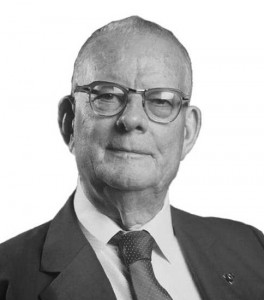The history of quality management can be traced all the way back to The Middle Ages. Work completed by journeymen and apprentices were evaluated and inspected by the skilled worker to ensure that quality standards were met in all aspects of the finished product, ensuring satisfaction of the buyer. And while the history of quality management has gone through a number of changes since that time, the end goal is still the same.
It was during the 1920’s when quality management systems, as we know them today, started to surface. While the focus of quality management was still on the end product, it was the first time that statistical theory was applied to product quality control.
Product quality control was determined through inspections. This involved measuring, examining and testing the products, processes and services against specific requirements to ensure that each element adhered to set standards and guidelines.
This algorithm worked for quite some time. Over time, however, businesses began to grow and expand. More and more products were manufactured throughout the day.

source: census.gov
Companies started to experience difficulties in following through with quality control standards. It became evident that there was a great need for change and development.
Change and development were brought forth during the 1940’s by industry leaders and experts like Deming, Dodge, Juran and Roming. This would be the beginning of Total Quality Management as we know it today.
Inspections were now carried out by production personnel. They were responsible for inspections during specific production intervals. This would change the focus from simply inspecting the end product to actually preventing end product problems through early detection on the production line.
It was also during the 1940’s that Japan caught wind of Total Quality Management. At that time, Japanese products were considered poor quality imitations. Hearing about the success of quality management in the west, Japan employed the assistance of quality management experts like Deming and Juran. Little did the Western culture know at that time, Japan would soon push the envelope and set new standards in TQM.
During the first international quality management conference in 1969, Feigenbaum would first use the phrase Total Quality Management. Feigenbaum, however, would not meet the depth of understanding of the term that Japanese attendee and speaker, Ishikawa would. Ishikawa would indicate during the conference that TQM should apply to all employees within the organization – from the workers to the head management.
The Western culture would soon catch up, however. By the 1980’s, the Western culture would take notice of Japan’s success and start to set and adhere to higher Total Quality Management guidelines. At this time, however, it was unclear as to what exactly TQM involved.
The U.S. Government would soon be responsible for making those guidelines and standards clear with their development of the Malcolm Baldrige Award; an award that could be won by businesses that exhibited quality management excellence. Other countries, like Europe, would follow in the United States’ footsteps and develop similar awards.
Today, companies all over the globe compete for the hundreds of Excellence Awards now given. The purpose of quality management, however, still remains the same as it has, all through history – to ensure that customers receive an excellent, quality product.
back to Total Quality Management